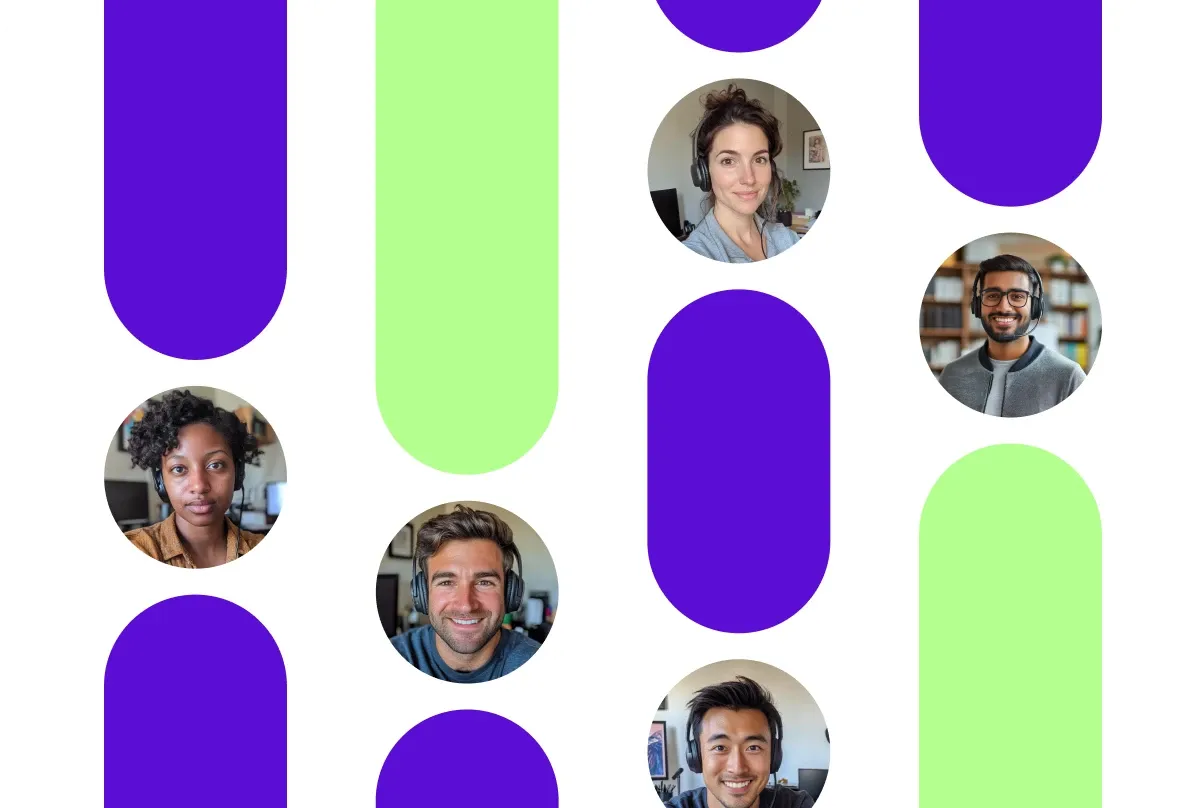Generative AI has come a long way in recent years, with the ability to create realistic images from cityscapes to cafes. However, one of the challenges of text-to-image AI models has been incorporating text into images. DeepFloyd, a research group backed by Stability AI, has unveiled a solution: DeepFloyd IF, a text-to-image model that can "smartly" integrate text into images.
DeepFloyd IF is trained on a dataset of over a billion images and text and uses multiple different processes stacked together in a modular architecture to generate images. It performs diffusion not once but several times, generating a 64x64px image then upscaling the image to 256x256px and finally to 1024x1024px. Unlike models such as OpenAI's DALL-E 2 and Stable Diffusion, DeepFloyd IF uses a large language model to understand and represent prompts as a vector.

According to NightCafe CEO Angus Russell, DeepFloyd IF's ability to generate legible text in images is a significant breakthrough that will unlock a wave of new generative art possibilities. The model can understand prompts in multiple languages, which means it might be able to create text in those languages too. Russell believes this opens up new opportunities for logo design, web design, posters, billboards, and even memes.
DeepFloyd IF uses a large language model to comprehend and encode prompts as a vector, a fundamental data structure, in contrast to models like Stable Diffusion and DALL-E 2. Due to the size of the large language model built into the DeepFloyd IF architecture, the model excels at understanding complex prompts, including those that specify spatial relationships (for example, "a red cube on top of a pink sphere").
The DeepFloyd team notes the potential for biases in the fine print accompanying DeepFloyd IF. Texts and images from communities and cultures that use other languages are likely to be insufficiently accounted for. This affects the overall output of the model, as white and western cultures are often set as the default.
Despite this, DeepFloyd IF is a significant step forward for generative AI. As Russell notes, "Stable Diffusion XL was the first open-source algorithm to make headway on generating text, but it's still not good enough at it for use cases where text is important." With DeepFloyd IF, generative AI art gets a text upgrade, and the possibilities are endless.






Comments